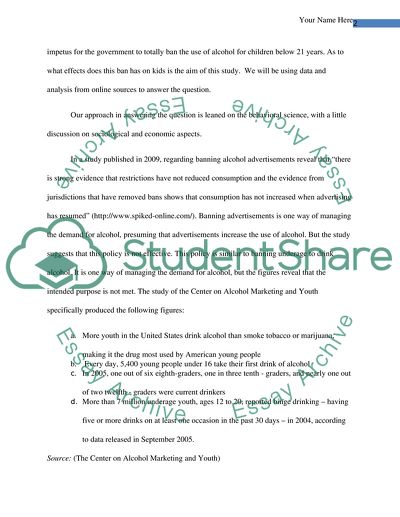Cite this document
(The Demands of Alcohol on the Economic Aspect Research Paper, n.d.)
The Demands of Alcohol on the Economic Aspect Research Paper. Retrieved from https://studentshare.org/health-sciences-medicine/1565887-cause-effect-essay-assignment
The Demands of Alcohol on the Economic Aspect Research Paper. Retrieved from https://studentshare.org/health-sciences-medicine/1565887-cause-effect-essay-assignment
(The Demands of Alcohol on the Economic Aspect Research Paper)
The Demands of Alcohol on the Economic Aspect Research Paper. https://studentshare.org/health-sciences-medicine/1565887-cause-effect-essay-assignment.
The Demands of Alcohol on the Economic Aspect Research Paper. https://studentshare.org/health-sciences-medicine/1565887-cause-effect-essay-assignment.
“The Demands of Alcohol on the Economic Aspect Research Paper”, n.d. https://studentshare.org/health-sciences-medicine/1565887-cause-effect-essay-assignment.


